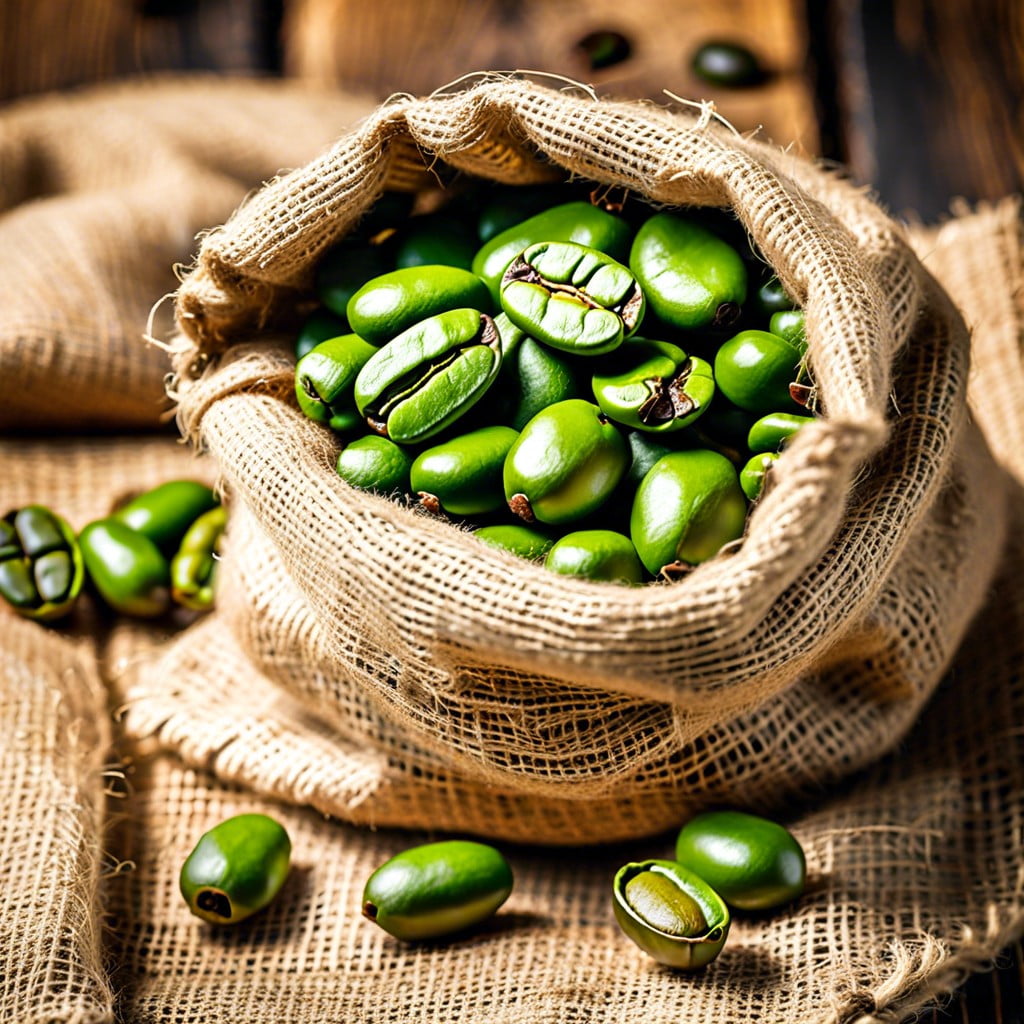Discover how long coffee beans remain fresh and the factors that affect their shelf life.
Shelf Life of Unopened Green Coffee Beans

Green coffee beans, which are unroasted, can last much longer than their roasted counterparts. Typically, if stored properly, they can remain fresh for up to a year or even longer. The key to extending their shelf life lies in keeping them in a cool, dry place away from direct sunlight and moisture. These conditions prevent the beans from losing their natural moisture and flavors prematurely. Moreover, storing them in an airtight container further shields them from environmental factors that could speed up degradation. This is especially crucial for coffee aficionados who buy in bulk but roast in smaller batches for optimum freshness.
Shelf Life of Unopened Roasted Coffee Beans
Roasted coffee beans have a shorter shelf life than their green counterparts, typically staying fresh for about two to six weeks when unopened. This timeframe can vary depending on the method of roasting and the bean’s origin. To maximize freshness, look for beans in airtight, opaque packaging. This helps shield them from two main freshness killers: air and light.
Interestingly, the darker the roast, the quicker the beans may lose their flavor. Dark roast oils are more exposed, making them more susceptible to environmental factors. On the other hand, lighter roasts may retain their flavor a bit longer due to less oil exposure on the bean’s surface.
Always check for a roasted-on date rather than a sell-by date to gauge how fresh your beans are. The more recent the roast, the better the taste.
How to Store Coffee Beans: Best Practices
To maximize your coffee beans’ shelf life, proper storage is critical. Keep beans in an airtight container away from direct sunlight, heat, and moisture. This prevents them from losing their flavor and aroma. Opt for ceramic canisters or specialized coffee storage solutions with one-way valves that let out carbon dioxide—a byproduct of the roasting process—without letting air in.
Consider the refrigerator for a longer storage solution, but only if you can commit to a completely airtight container. Any exposure to moisture or odors can alter the beans’ delicate flavors.
For those who buy in bulk, freezing coffee beans is an option. However, ensure they are in airtight bags to prevent freezer burn. Thawing should be done gradually at room temperature to maintain taste integrity.
Rotate your coffee supply regularly. Always use the oldest beans first to enjoy them at their peak quality. This rotation method aligns with the FIFO (first in, first out) principle commonly used in food safety practices, ensuring you always get the best from your beans.
Signs That Coffee Beans Are Stale
If your morning brew tastes off, your coffee beans might have gone stale. First, check for a lackluster aroma; fresh beans should have a potent, pleasant smell. Stale beans often lose their vibrant scent, diminished to a faint or non-distinctive odor. Visual cues also help: look for a dull surface as opposed to a glossy sheen on roasted beans. Another telltale sign is a lack of oil on the bean’s surface, indicating they’ve lost some of their essence. Lastly, if the beans crumble easily between your fingers, they’re likely past their prime, as fresh coffee beans should be resilient with a slight snap when broken.
Using Stale Coffee Beans: Safe and Creative Uses
Stale coffee beans might not make the best brew, but they’re far from useless. They can still play a useful role in your daily routine or even in your garden.
First, consider repurposing them as a natural deodorizer. Their absorbent nature tackles unpleasant odors in refrigerators or freezers effectively. Simply place a bowl of stale beans in the area you’d like to freshen up.
Next, they serve well as an abrasive cleaner. When mixed with a bit of water or your usual cleaning liquid, they can help scrub hard-to-clean items without scratching surfaces, such as greasy kitchen counters or stained cookware.
For craft enthusiasts, stale coffee beans are perfect for home décor projects. They can be used to fill jars or as part of a diy candle project, adding both visual flair and a subtle coffee scent to your space.
Lastly, consider using them in your garden. Coffee beans can be a boon for compost heaps or can be directly applied to soil as a nitrogen-rich fertilizer for plants that thrive in slightly acidic soil conditions, like azaleas and blueberries.
By creatively using stale coffee beans, you minimize waste and maximize the use of every purchase.